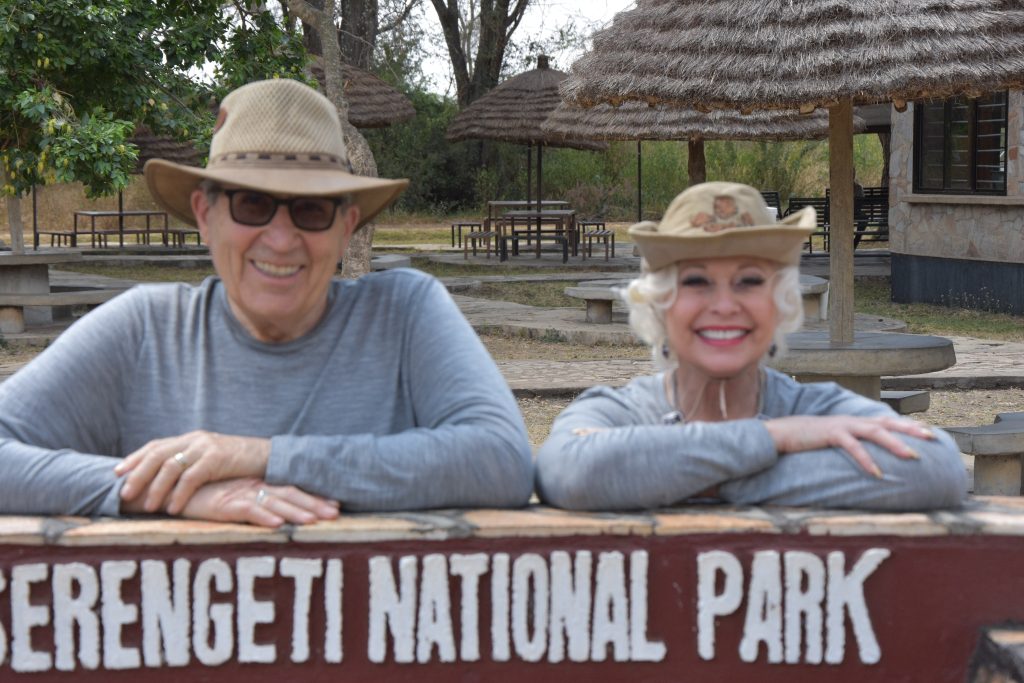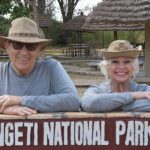4o mini
Activities
- Game Drives:
- Types: Morning, afternoon, and full-day game drives.
- Experience: Offers close encounters with wildlife and opportunities to witness the Great Migration and predator-prey interactions.
- Hot Air Balloon Safaris:
- Experience: Provides a unique aerial perspective of the Serengeti landscape and wildlife.
- Timing: Best conducted early in the morning to catch the sunrise and animal activity.
- Walking Safaris:
- Experience: Guided by expert rangers, offering a chance to explore the park on foot and gain insights into the ecosystem and animal tracks.
- Cultural Tours:
- Maasai Villages: Visits to nearby Maasai communities to experience their traditional way of life, including ceremonies, crafts, and dances.
Conservation Efforts
- Anti-Poaching Initiatives:
- Programs: Supported by various NGOs and the park authorities to combat poaching and protect endangered species.
- Research and Monitoring:
- Projects: Ongoing research on wildlife populations, migration patterns, and ecosystem health to inform conservation strategies.
- Community Engagement:
- Education: Programs to involve local communities in conservation efforts and benefit-sharing from tourism.
Accommodation and Facilities
- Lodges and Camps:
- Options: Range from luxury lodges to budget campsites, with options for tented camps providing an immersive safari experience.
- Visitor Centers:
- Locations: Provide information on the park’s history, wildlife, and conservation efforts.
- Accessibility:
- Airstrips: Several airstrips within the park for charter flights, making access from major Tanzanian cities like Arusha and Kilimanjaro convenient.
Travel Tips
- Best Time to Visit:
- Dry Season (June to October): Ideal for wildlife viewing, particularly for the Great Migration and river crossings.
- Wet Season (November to May): Lush landscapes and fewer tourists, but some roads may be challenging due to rain.
- Packing Essentials:
- Clothing: Light and neutral-coloured clothing, a hat, sunglasses, and sunscreen.
- Gear: Binoculars, camera with zoom lens, and a good pair of binoculars.
- Health and Safety:
- Vaccinations: Consult with a travel clinic for recommended vaccinations and malaria prophylaxis.
- Guidelines: Follow park rules and guidelines for safety and conservation.


